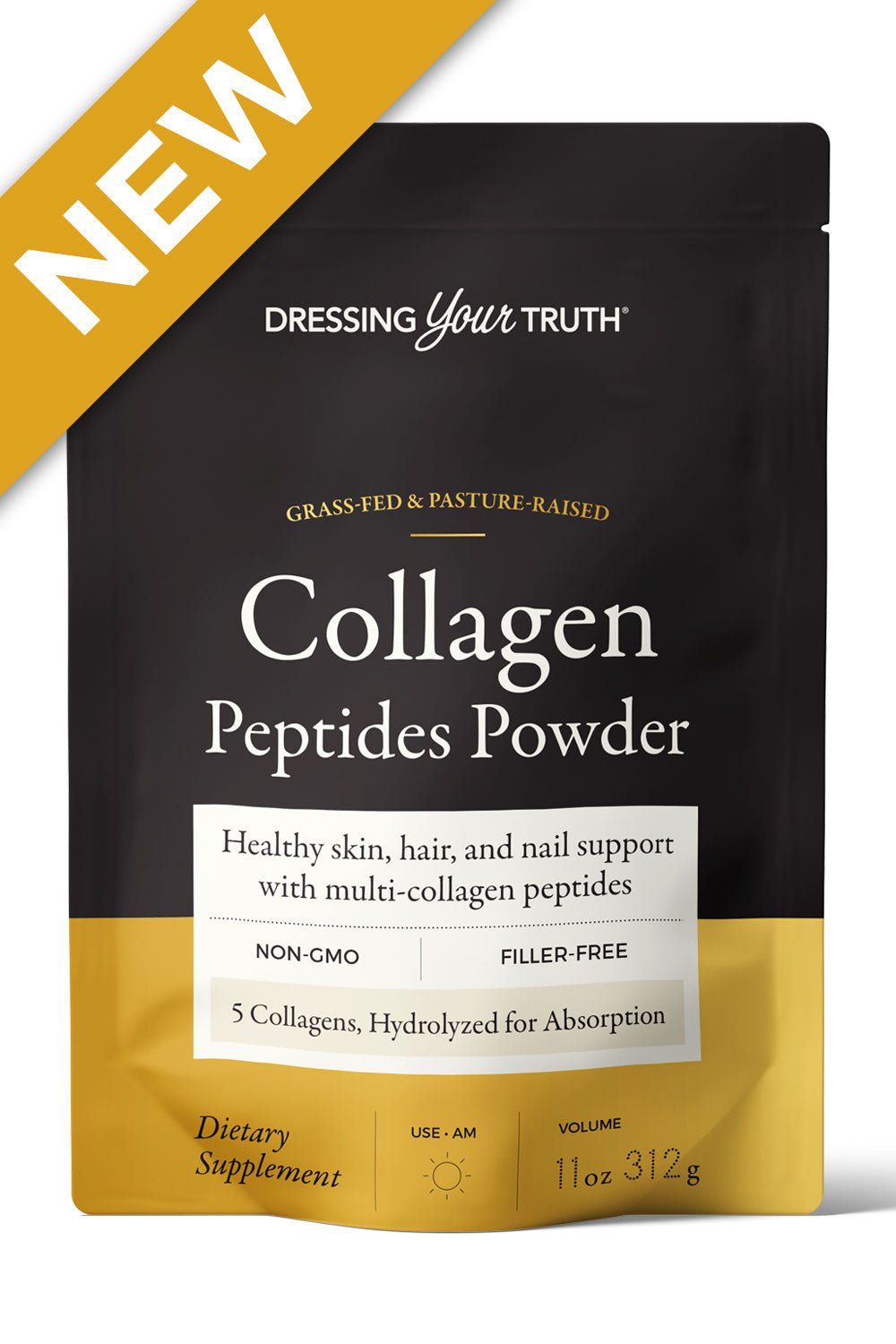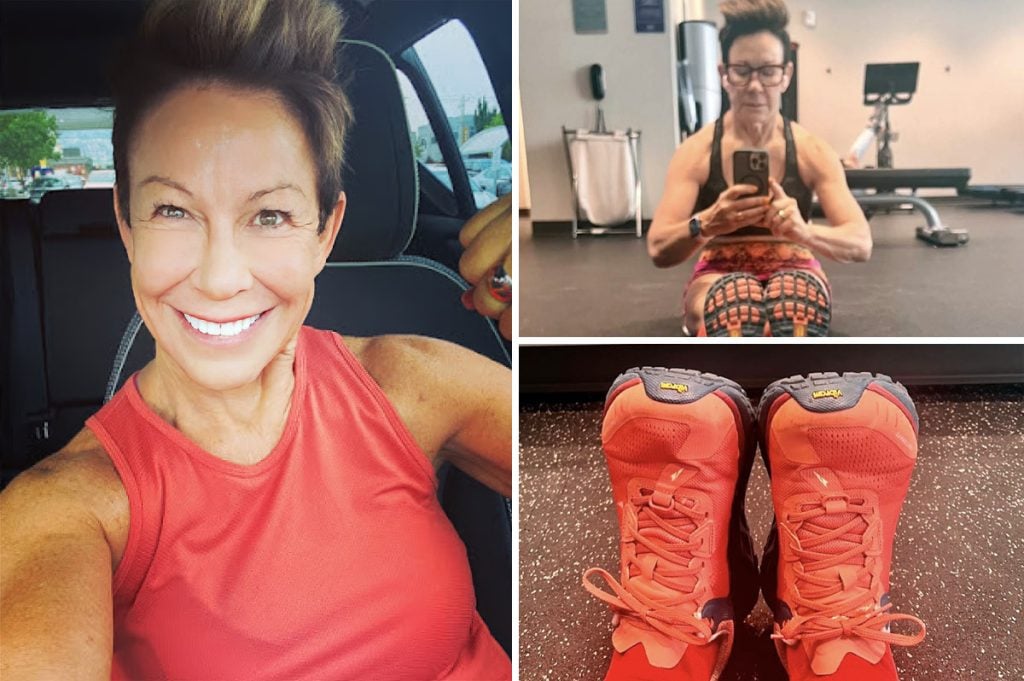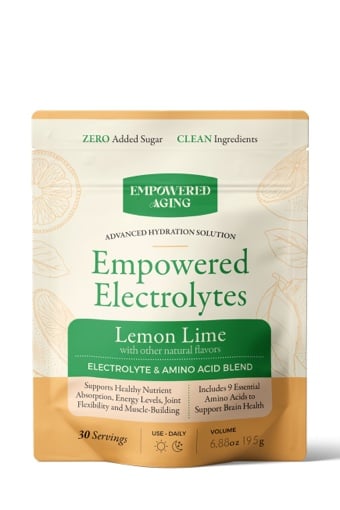Imagine standing at a crossroads, pondering which fitness path holds the key to a healthier, more vibrant life. Would you lean towards stretching, cardio fitness, or strength training? While cardio might seem like the obvious choice for its heart-boosting benefits, recent research suggests that strength training is the true hero in the quest for longevity and vitality.
Lean muscle mass naturally diminishes with age. Your body fat percentage will increase if you don’t do anything to replace the lean muscle you lose over time. However, all hope is not lost! With the right approach, you can defy this natural decline and maintain a strong, resilient body well into your golden years. That’s where strength training comes in.
Why Strength Training Matters
You gradually begin losing muscle mass and strength sometime in your 30s or 40s. This process picks up between the ages of 65 and 80. Rates vary, but you may lose as much as 8% of your muscle mass each decade. However, strength training can help you preserve and enhance your muscle mass at any age.
Research has uncovered a myriad of benefits associated with strength training, making it a powerhouse for aging bodies. Not only does it combat age-related muscle loss, promoting mobility and independence, but it also improves bone density, reducing the risk of osteoporosis.
Strength training can also help manage your weight by increasing metabolism and burning more calories. It enhances your quality of life by improving everyday activities, protecting joints from injury, and contributing to better balance, reducing the risk of falls, and maintaining independence as you age.
Moreover, strength training can manage chronic conditions such as arthritis, back pain, obesity, heart disease, depression, and diabetes. It may even sharpen your thinking skills, with some research suggesting that regular strength training and aerobic exercise can improve cognitive function for older adults.

Collagen Peptides Powder
Support your skin, hair, and nails with our multi-source hydrolyzed collagen powder, designed for better absorption and faster results. This flavorless powder easily blends into your morning drink, providing essential building blocks for healthier skin, stronger bones, and overall body wellness.
How Often Should You Strength Train?
Aim for at least two to three sessions per week, each lasting around 30 to 45 minutes. Consistency is key, so make it a non-negotiable part of your fitness routine. Remember to include both upper and lower body exercises to ensure balanced muscle development.
Tailored Exercise Routines
Upper Body Exercises
- Bicep Curls: Targets biceps. Aim for three sets of 10 to 12 repetitions.
- Tricep Dips: Targets triceps. Aim for three sets of 10 to 12 repetitions.
- Shoulder Presses: Targets shoulders. Aim for three sets of 10 to 12 repetitions.
Lower Body Exercises
- Squats: Targets quads, hamstrings, and glutes. Aim for three sets of 10 to 12 repetitions.
- Lunges: Targets quads, hamstrings, and glutes. Aim for three sets of 10 to 12 repetitions.
- Calf Raises: Targets calves. Aim for three sets of 10 to 12 repetitions.
Additional Home Fitness Resources
Investing in 5, 8, or 10 lb hand weights (depending on your strength level) can be a valuable addition to your home fitness resources. To determine the right weight for you, try the weights out and if your arms get tired after 10 reps, start with that weight. Alternatively, stretch bands paired with an app that shares stretch band routines can offer versatility and convenience for at-home workouts.
Accountability and Support
If self-motivation isn’t your strong suit, consider investing in a gym membership. Personal trainers can tailor a routine to your needs and keep you on track. You can also join resistance training classes for added support and camaraderie. Additionally, two apps you can download to follow strength training routines are “StrongLifts 5×5” and “JEFIT Workout Planner.”
Nutrition Support for Strength Training
Consider adding a protein supplement like Clean Simple Eats (use code CAROL for 10% off) whey protein powder to your diet. Protein is essential for muscle repair and growth, making it the perfect complement to your strength training regimen. Additionally, prioritize whole foods rich in vitamins, minerals, and antioxidants to support overall health and recovery.
My Experience
At age 59, I decided to incorporate strength training into my Empowered Aging fitness routine. Today, at 66, I’m proud to say that I have as much muscle definition as I did in my 30s. Orange Theory Fitness classes are my go-to for accountability and challenge. While I’m disciplined in many areas of my life, having someone to push me further makes all the difference. Arm strength and muscle definition in my arms is important to me as I age, so everyday (except the days I work with weights) I do 30 pushups, the first 10 in the plank position, and the next 20 with my knees on the ground. For my legs I routinely include lunges, squats, and mountain bike riding keeps my quadriceps strong and healthy, along with a lot of other muscles!

The Bottom Line
Strength training is the key to unlocking longevity and vitality as we age. By making it a regular part of your fitness routine and supporting your efforts with proper nutrition, you can build a stronger, healthier body that defies the aging process.
Weekly Challenge: #StrengthTrainingSuccess
This week, let’s commit to incorporating strength training into our weekly fitness routine. You could even just start with me in the Empowered Aging Facebook group where I offer Weekly Movement video’s on MWF! Once you’ve taken smaller steps and created consistency, you can set up 2 days a week to commit to strength training for up to 30 minutes. Let’s support each other on our journey to greater strength and vitality!
Additional Resources:
- Tackling Obesity: Strategies for Empowered Aging
- Daily Rituals, Radiant Results: Crafting Your Positive Aging Routine
- Beyond Water: The Missing Piece to Achieving Optimal Hydration for Aging Well
Join a Community of Positive Aging Individuals!
Get exclusive content, weekly challenges, and support in our free Empowered Aging Facebook group.
Join Us Today











